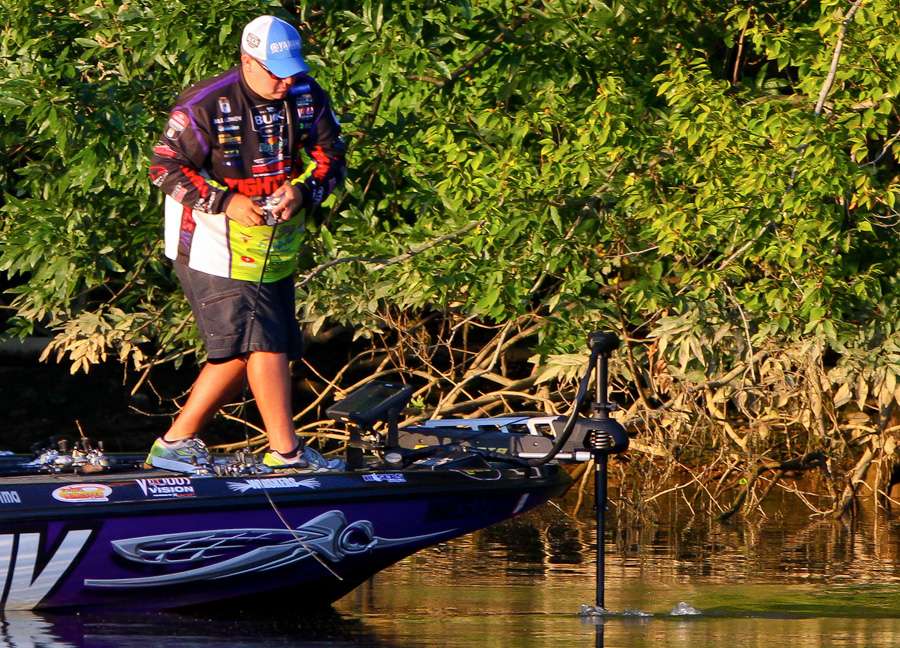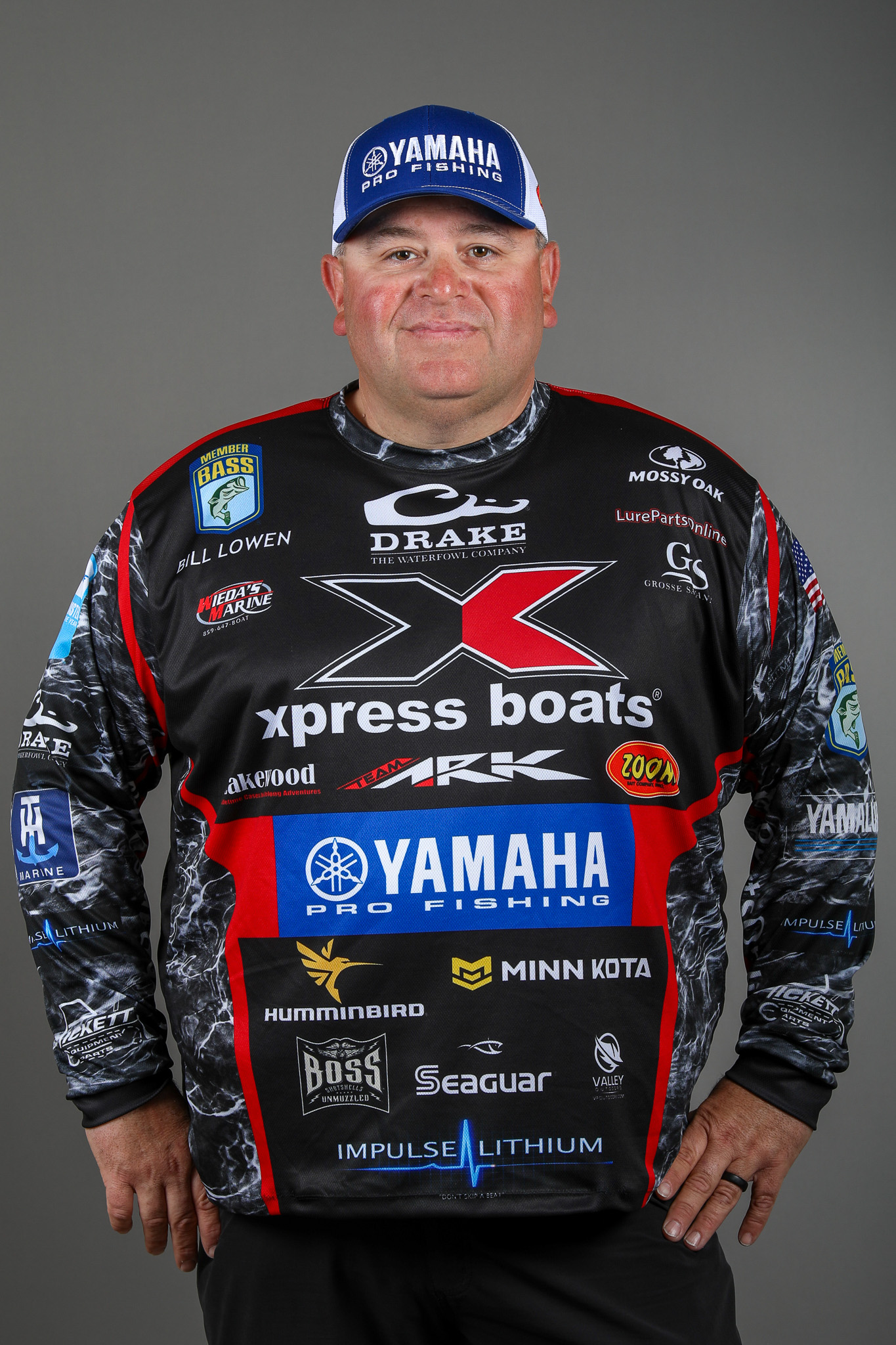
It won’t be long before we all start looking for our bass in the shallows. (I’m talking about water less than 5 feet deep.) And, some of us will be looking at our electronics for help. Most of that help will come from the SONAR mode. So, it only makes sense to take the time to think about how best to get that help.
The first thing that comes to mind is whether or not we should use it at all. The answer to that question is a resounding yes, with one exception.
I turn my units off when I’m fishing shallow and the areas I’m targeting are getting a lot of pressure. Bass get finicky when that happens, and I do think that the pinging of the SONAR bothers them. Under that scenario the less noise you make from any source the better.
That’s the only time they’re off, however. Under every other set of circumstances I can think of I want all the information I can get, and the best and most reliable information comes from my SONAR unit. The basic mode tells me what’s under my boat. That gives me a clue as to what’s between me and the structure or cover I want to target.
If I see a washout or hard bottom area, I can be pretty sure that at least part of it extends towards the shore. It’s true that you can see some of those things just by looking but not always. Dirty water, low light, rain and wind cut your visibility to nothing in most cases.
Another thing that’s worth mentioning is the myth that side-shooting SONAR doesn’t work very well in shallow water, at least it’s a myth with my Raymarine units. They can be adjusted so that I can see every stump and rock that’s alongside my boat.
Frankly, I didn’t know about that until just recently.
I was having new units put in when the tech guy showed me something I could hardly believe. You can adjust the SideVision to reach only so far and to give you the resolution you need. You do it by running one split screen on the forward unit off the forward transducer and another split screen on the same unit off the back transducer.
Maybe all the manufacturers have that capability, I honestly don’t know. I would strongly suggest you find out about yours. Read your manual, talk to someone who knows what they’re doing and practice with your equipment. Knowing what’s between your boat and the shore matters. The only way you’re going to get it is by understanding what your unit will do and knowing how to make it do it.
There is one final thing I want to mention — the error in your GPS unit that comes off the satellites. When you throw a waypoint the error might be small or it might be huge. Either way, the difference between where your unit is telling you something is and where it’s actually at can make it impossible to find a stump, a rock or a bed.
My system has a puck installed under the dash that automatically corrects for the satellite error. Words can’t describe how useful that is when you can’t see your target. If your manufacturer has one, get it. If not, learn how to check the error rate on your units and how to correct for it. You’ll be glad you did.
Shallow water electronics don’t work like deep water electronics. Know the difference. You’ll catch more bass if you do.

